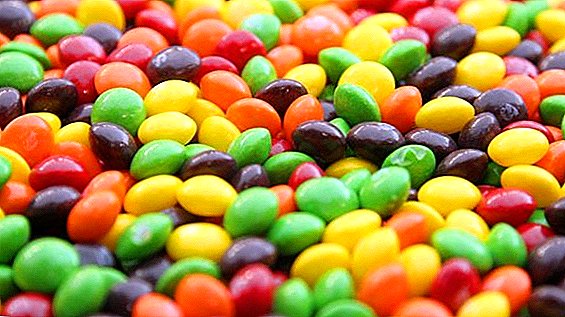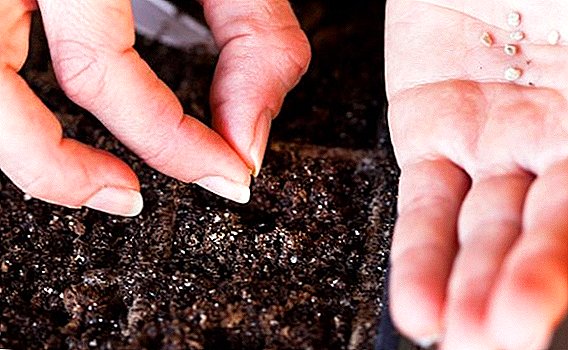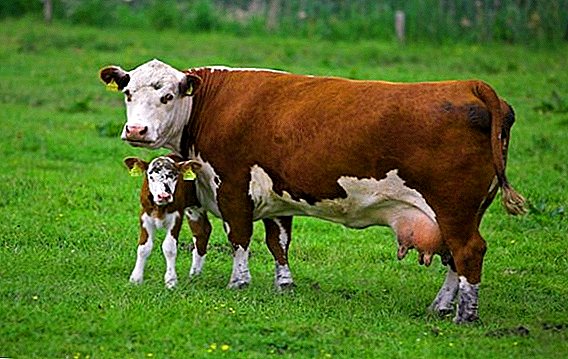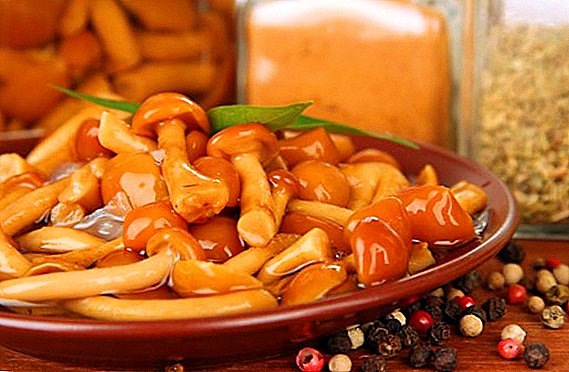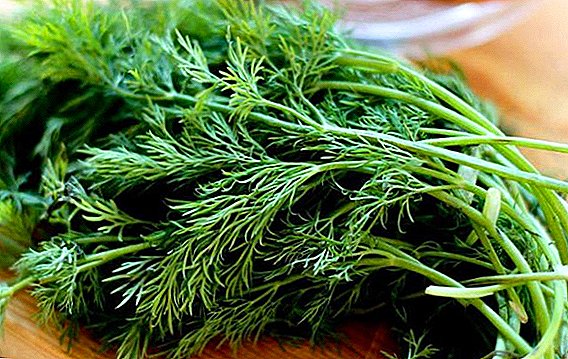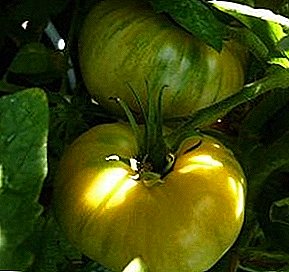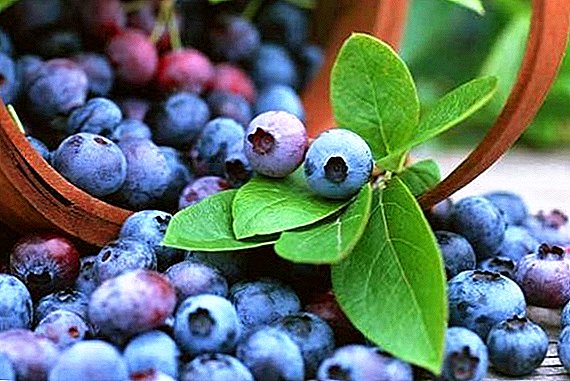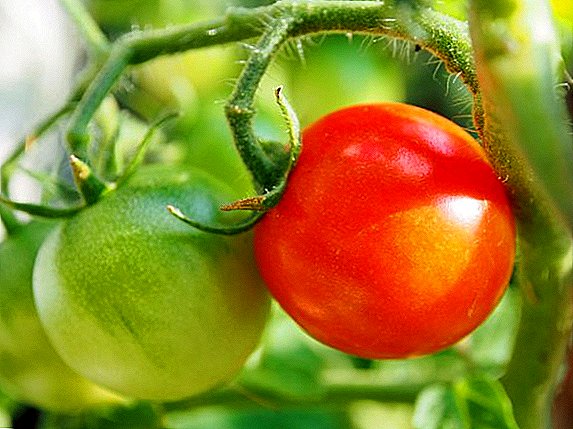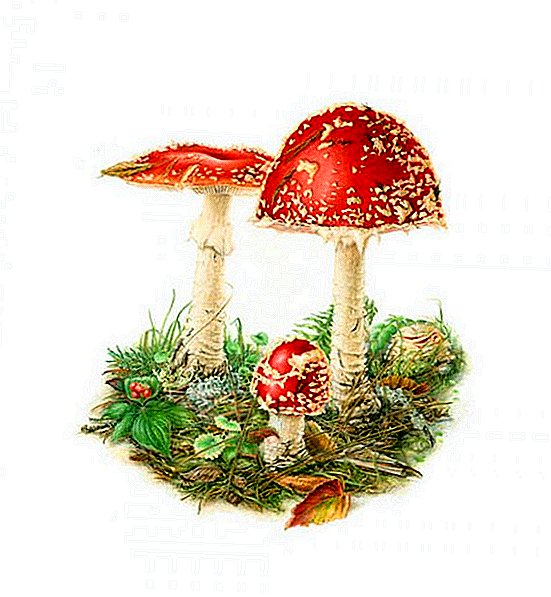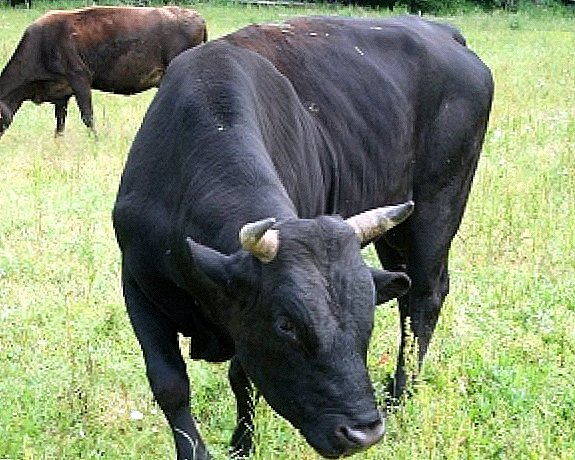
Nature decreed that in order for a calf to be born, one cow would be small.
To conceive a new life, we also need a sire.
The health and productivity indicators of these livestock representatives are directly dependent on how they are fed and fed.
After all, in order for the bull to fulfill its main function for as long as possible - fertilization of cows, it is important to combine in the diet of the bulls all the beneficial trace elements and energy that will go to maintain sexual health of livestock.
The diets of the sire have a direct impact on the degree of semen quality.
Sperm quality is the most important factor influencing the process of conception and the appearance of small calves.
It should be remembered that poor nutrition, lack of vitamins or inadequate housing conditions can to a certain extent worsen the general condition of the cattle organism. And in order for the animal to become suitable for procreation again, it is necessary to spend at least 1 to 2 months, provided that all the indicated aspects of the bull's life are improved.
This time was fixed by the livestock breeders, because by this moment the bull will be ready for this season.
The state of the animal must be closely monitored.: The bull must be healthy, active, fairly well-fed, but not overweight, and also active in the sexual "direction."

The rate of feeding the bulls is fixed depending on the live weight of the animal, its age, frequency of use as a fertilizer, the degree of fatness and other aspects. These norms for periods of accidental and non-accidental are different and individual for each bull.
In the diet of bulls should be easily digestible foods that give a lot of energy and do not overload the stomach.
First of all, you need to take into account age. If the bull is one-year-old, then it must be fed intensively, and if the age of the animal exceeds 1 year, then its diet should be moderate. So it will be possible to prevent obesity in livestock, as well as to make the sperm of such bulls better.
A young one-year-old bull, if healthy, should weigh an average of 380 kg. Him ration should consist of cereal - bean hay green, fresh root crops, silage and vitamin concentrates. Older bulls need to be fed so that the amount of adipose tissue does not increase significantly.

The calculation is taken as follows: I recommend giving each bull 1 kg of hay, 1-1.5 root crops (sugar and fodder beet), 100 kg of silage, and 0.3-0.5 kg of vitamin concentrate per 100 kg of weight.
10–15 kg of succulent feed should go to the head per day, and 3–5 kg should fall on red carrots.
Also, the diet should be enriched with vitamins E, A and D (fish oil), minerals and trace elements in the form of chalk, bone meal or tricalcium phosphate.
In no case should be allowed the presence in the diet of bulls pulp, bards, pulp, and cruciferous meal cakes.
Bulls - producers in large quantities need protein, so they recommend supplement the diet with wheat bran, peas, flax cake and other products.
Approximately 7 - 8 weeks before the first mating, bulls should not be given a beet and silage. When a bull is cooked for a new season or is already actively used for fertilization, chicken eggs, sprouted grains, fish and blood meal, as well as yeast food should be introduced into the diet.
During the active period, the ration of an adult bull should consist of 6–7 kg of high-quality hay, 1–1.5 kg of grassy poppies, 2–3 chicken eggs, 3–4 mineral concentrates, and 1–2 kg of carrots. It is also recommended to give a dry return in the amount of 0.2 - 0.3 kg.

In winter, bulls need to produce very high-quality hay and concentrates, and in summer - green grass, greens and fresh root vegetables.
Nutrition must be observed very strictly, since any interruption leads to a deterioration of the semen. The animal “breakfast” should consist of concentrates, root crops and silage, “lunch” - from hay, grass and root crops, and “dinner” - from grass (hay) and concentrates.
Vitamins must be given together with the feed not more than 2 times a week. Feeding trough for each bull should be separate.
As for the content, the animals must "live" alone, that is, each bull in its stall. Their be sure to tie.
Animals need to be kept clean, so every day should be cleansing the skin and lint. In summer, bulls should be washed with warm water in a lake or under a shower.
2 or more times a year to clean and trim the hooves. Also, every day you need to provide bulls 2 - 4 hour walk in the fresh air. In summer, grazing is recommended.
Appeal to the bulls should be good, strict, but in no case you can not show them rudeness or aggression. Often, for safety, a metal ring is inserted into each bull's nose.
With these recommendations, you will not make any mistakes in the matter of keeping and feeding your bulls and will regularly “receive” small calves that are born from your cows. Good luck.


